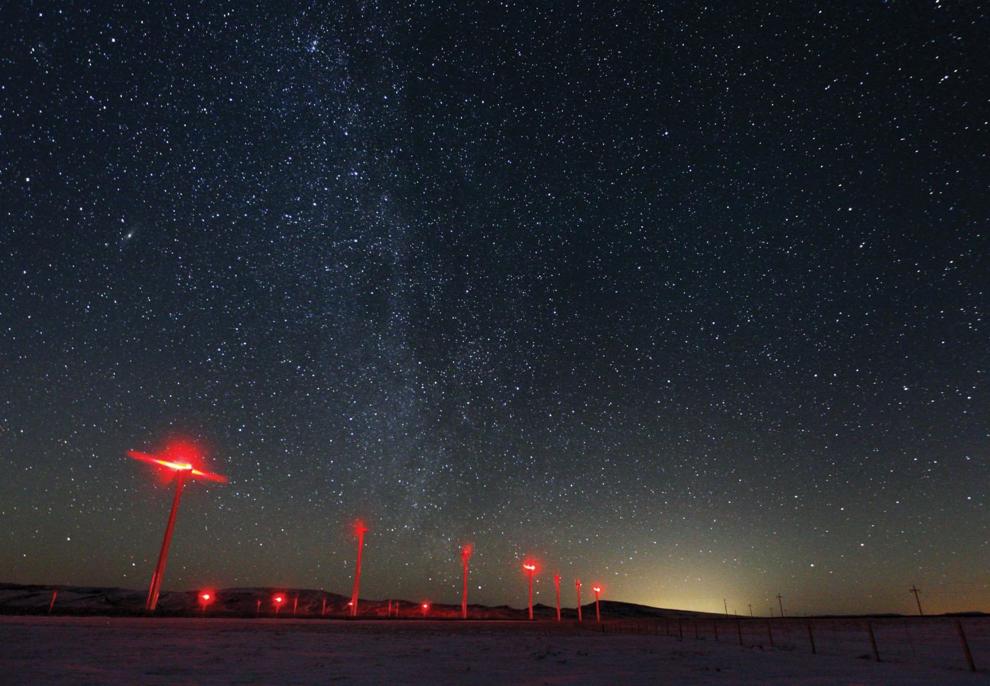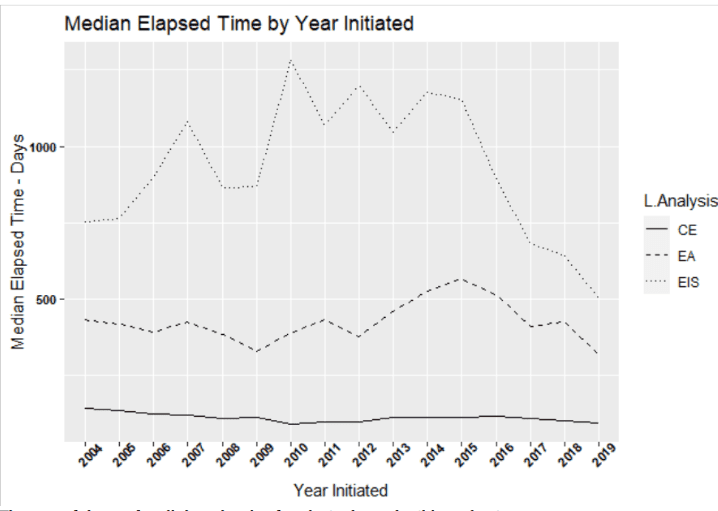
No Forest Service Summary since July 8.
FOREST SERVICE AND BLM CASES
Court decision in Friends of Animals v. Culver (D. D.C.)
On June 28, the district court found that the BLM had violated the Wild Free-Roaming Horses and Burros Act with its 2019 decision to remove over ten years (instead of “immediately”) a number of wild horses and burros from the Twin Peaks Herd Management Area, a range located along the California-Nevada Border. However, the court did not vacate the decision pending remand for reconsideration because the decision complied with NEPA, and vacating the decision would harm the ecological interests that the decision would protect. (This does not look like a win for the plaintiffs.)
New case: Dakota Resource Council v. U. S. Department of the Interior (D. D.C.)
On June 28, ten conservation groups challenged BLM’s decision to approve the sale of 173 oil and gas lease parcels, encompassing 144,000 acres of public lands across eight western states, through an analysis contained in seven separate environmental assessments. They allege failure to find that the cumulative effects of greenhouse gas pollution are significant, and that the BLM failed to take actions necessary to prevent the further unnecessary or undue degradation of public lands from acknowledged climate impacts, as required by FLPMA. This would be the first onshore lease sale during the Biden Administration. (The article includes a link to the complaint.)
Court decision in Concerned Friends of the Winema v. McKay (D. Or.)
On July 5, the district court ruled that the Forest Service adequately analyzed livestock impacts of an allotment management plan for the Antelope Allotment on the Fremont-Winema National Forest. The court found compliance with ESA, NEPA and NFMA, including considering the effect of climate change on the Oregon spotted frog. This article discusses the opinion.
Notice of Intent
On July 5, Klamath-Siskiyou Wildlands Center, Cascadia Wildlands, Oregon Wild, and the Center for Biological Diversity notified the Oregon BLM and the Fish and Wildlife Service of their intent to sue regarding the BLM’s Integrated Vegetation Management for Resilient Lands Programmatic Environmental Assessment and the USFWS’s approval of the Programmatic Biological Opinion for Southwest Dry Forest Resilient Lands Activities. Both address actions within a 684,185-acre treatment area in Oregon over ten years or more. The ESA claims would relate to marbled murrelet and coastal marten. The news release has a link to the notice, and the views of an Oregon State University fire specialist are here.
- Willamette Lang Dam and Hwy 46 projects
Settlement in Cascadia Wildlands v. U. S. Forest Service (D. Or.)
A preliminary injunction was imposed in this case in December (here), and the parties settled the claim by the Forest Service agreeing to not to move forward with many of the planned timber sale units, modifying other units to reduce their size or to ensure they retain at least 60% canopy cover, and site visits and monitoring. An attorney for Cascadia Wildlands was asked about the award of $115,000 in attorney fees:
While critics have claimed that environmental groups are motivated by attorney fee awards to file lawsuits, Cady characterized this allegation as “hilarious.” “Nobody is in this game to get rich,” he said. “Environmental lawyers are not usually the ones with nice cars.” If the nonprofits intended to maximize attorney fees, they would “litigate to the end” instead of settling, but that’s not their goal, Cady said. “It’s such a small amount of money overall that we don’t even budget for it,” he said.
(I guess my revisiting this site wasn’t allowed, but the source was this.)
New case: Oregon Wild v. U. S. Forest Service (D. Or.)
On July 12, WildEarth Guardians and Oregon Wild filed a lawsuit against the Fremont-Winema National Forest’s use of a categorical exclusion for “timber stand and wildlife habitat improvement” to address the impacts of commercial thinning across thousands of acres of national forest as part of the South Warner, Bear Wallow, and Baby Bear logging projects. This case was discussed here, which includes a link to the complaint.
Settlement in New Mexico Cattle Growers Association v. Vilsack (D. N.M.)
A dismissal agreement announced in early July states that the U.S. Forest Service must give at least 75 days’ notice to ranchers and the public before any aerial killing of feral cattle in the Gila National Forest during the next three years. According to this article, “Rough backcountry makes it difficult to catch the feral cows that were born in the wild and never domesticated.” This case was introduced here.
- Helena-Lewis and Clark revised forest plan
New lawsuit
On July 19, Helena Hunters and Anglers Association, Western Watersheds Project, the Sierra Club and WildEarth Guardians filed a lawsuit challenging the revised forest plan on the Helena-Lewis and Clark National Forest. They object to the removal of ten wildlife standards that were in the 1986 forest plan that “provided important protections for big game habitat and security and benefited other species – including threatened grizzly bears and lynx – who also depend on sufficient hiding cover and low open-road densities.” The case is discussed in this article.
OTHER CASES
Court decision in Friends of Gualala River v. Gualala Redwood Timber, LLC (N.D. Cal.)
On June 17, the district court did not find justification for a preliminary injunction against harvesting trees on private property under the Endangered Species Act because harm to the California red-legged frog, coho salmon and steelhead was not reasonably certain to occur.
New lawsuit
According to this article, Save the Bull Trout and Alliance for the Wild Rockies, say that the U.S. Department of the Interior and West Side Ditch Company are violating the Endangered Species Act in managing the Grant-Kohrs Ranch national historic site. “The DOI’s ‘cultural’ agricultural watering at the Grant-Kohrs Ranch has effectively dewatered the Upper Clark Fork River, resulting in not enough instream flow for the bull trout to survive,” the suit said.
Notice of Intent
On July 1, five conservation organizations provided a sixty-day notice of intent to sue the U.S. Fish & Wildlife Service for failing to comply with the ESA when it published the final §10(j) management rule for the experimental population of the Mexican wolf in response to a remand in a prior court case. This press release includes a link to the notice.
New case: Center for Biological Diversity v. Haaland (D. Ariz.)
On July 12, CBD and Defenders of Wildlife sued the Fish and Wildlife Service for violating NEPA when it adopted the same revised §10(j) management rule for Mexican wolves. This article has a link to the new rule and the complaint.
One of the issues is the limited area on the Arizona-New Mexico border where wolves would be welcomed. The lawsuit also states that the wild population is propped up by a supplemental feeding program, which uses strategically placed food caches to keep wolves from killing livestock. (Maybe they could use them to catch the wild cows on the Gila?)
Court decision in County Commissioners of the County of Sierra v. U. S. Department of the Interior (D. N.M.)
On July 14, the district court dismissed a case filed against the Fish and Wildlife Service’s decision in March 2021 to translocate two adult Mexican wolves and their dependent pups that had been classified as “problem wolves” to a privately-owned ranch. This was considered to be an “implementation action” of a prior decision, and therefore not reviewable by the court under the Administrative Procedure Act.
Court decision in Rocky Mountain Peace and Justice Center v. U. S. Fish and Wildlife Service (10th Cir.)
On July 19, the circuit court affirmed the district court holding that the FWS conducted a legally adequate study before allowing public trails at Rocky Flats National Wildlife Refuge, which encompasses part of a former nuclear weapons parts manufacturing site. According to reporting from the Denver Post (according to this article), the original appeal stated that the federal agency did not comply with the National Environmental Policy Act and the Endangered Species Act in opening the refuge to the public three years ago.
Court decision in Audubon Society of Portland v. Haaland (9th Cir.)
On July 22, the circuit court affirmed the district court in rejecting challenges to comprehensive conservation plans for three national wildlife refuges in the Klamath Basin National Wildlife Refuge Complex. It found compliance with NEPA regarding pesticide applications on the Lower Klamath and Tule Lake Refuges. It also found compliance with NEPA regarding the effects of grazing on the Clear Lake Refuge. As to the sage-grouse, the panel held that the Conservation Plan discussed at length the potential effects of grazing on sage-grouse and why grazing would be beneficial to sage-grouse habitat. The court found compliance with the Refuge Act by all of the plans.
Court decision in Conservation Northwest v. Commissioner of Public Lands (Supreme Court of Washington)
On July 22, the Washington court said the use of revenue generated by logging public lands may be constitutionally protected, but it’s not the only way to manage public land for the benefit of “all people,” as the state constitution states. The tethering of public schools to timber revenue has long been a heated controversy in Washington. “There appear to be myriad ways [the Department of Natural Resources] could choose to generate revenue from the state and forest board lands or otherwise put them to use for the benefit of the enumerated beneficiaries,” the state Supreme Court’s majority opinion stated. More background may be found here.
A man arrested in connection with the Pipeline Fire was placed on a yearlong probation after he pleaded guilty Wednesday for starting a fire on the Coconino National Forest in June. His lawyer Daniel Kaiser told The Arizona Republic he wanted to emphasize that Riser was sentenced for burning toilet paper, not for starting the Pipeline Fire.




